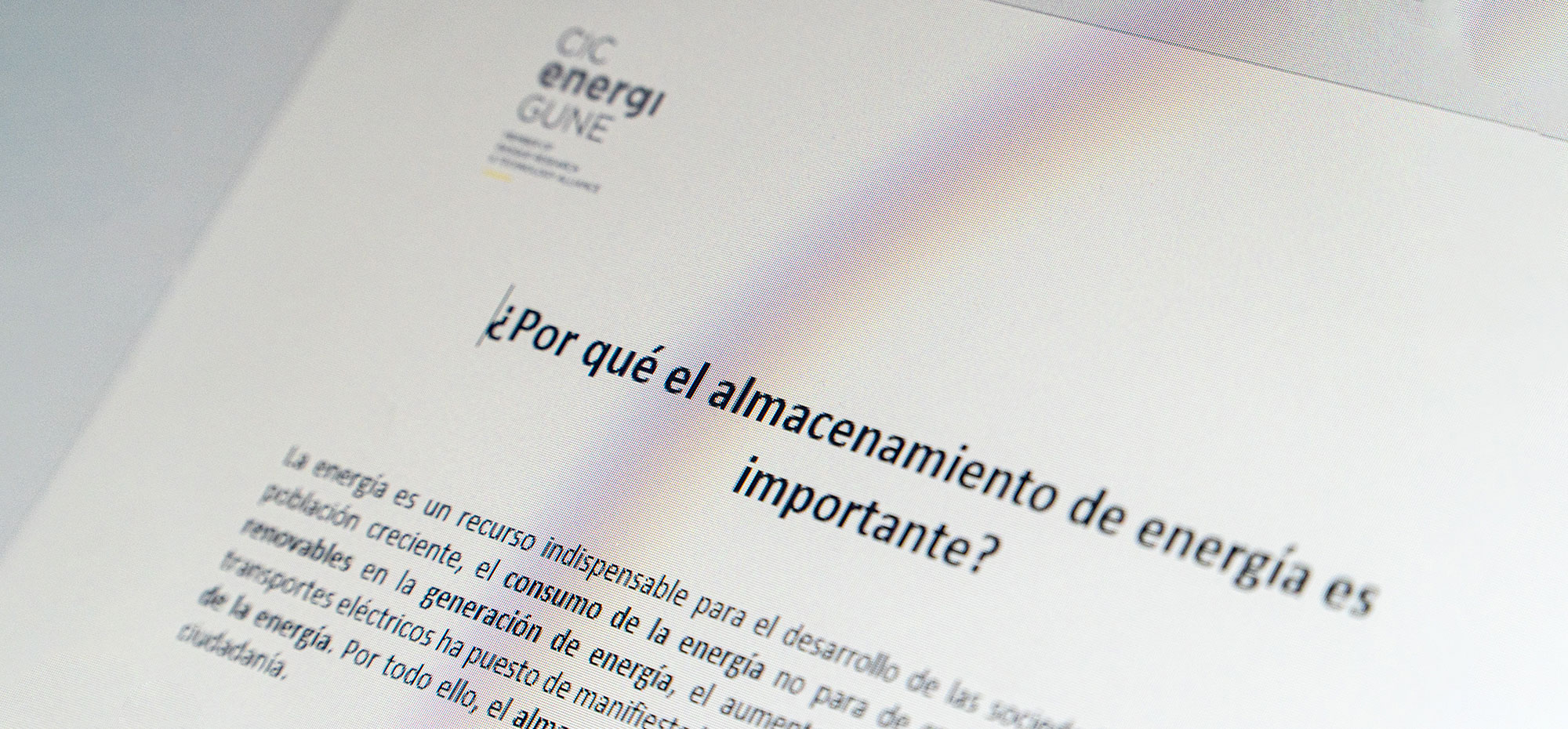In the field of battery development, both the industrial and academic worlds have focused on the search for new active materials for the cathode or on the development of new matrixes -whether liquid or solid- for the electrolyte, leaving aside the development and search for new lithium salts.
As a result, and despite being on the market for many years, LiPF6 continues to be the salt of reference in liquid electrolytes, just as LiTFSI continues to be in the case of polymer electrolytes.
Lithium salts are one of the main components of electrolytes within a battery. They are based on an inorganic anion and a lithium cation, which is responsible for the lithium conductivity in the system.
These salts play an indispensable role in electrolytes because they are responsible for the ionic conductivity, electrochemical and thermal stability and corrosion of the system. In addition to all this, the cyclability of the battery is usually highly related to the quality and stability of the protective layer formed on the anode, which, in turn, is closely related to the nature of the anion of the lithium salt used.
For all these reasons, the generation of new lithium salts that go beyond the widely studied and known ones is of vital importance. The search for safe, high-energy density batteries.
The use of Liº as a new anode, known in the academic world as the holy grail due to its beneficial electrochemical characteristics such as high specific capacity and low voltage potential, has improved the energy density of the first graphite-based Li-ion batteries.
This new anode has been coupled with the increasingly common use of high-voltage intercalation active materials such as nickel, manganese and cobalt oxides with high content in the former.
The coupling of these two battery components has attracted academic attention due to several factors, such as increased energy density, easy market integration and simplicity of the procedure, since it is an intercalation technology with no intermediate species.
However, this new concept of high-voltage batteries faces inherent challenges associated with its high chemical reactivity and the formation of dendrites by the lithium anode or the inferior stability of the electrolyte components compared to the 4-V class cathodes and their aluminum (Al0) current collector.
This is where the development of new lithium salts to optimize the properties of the electrolyte is crucial. These new salts integrated in the electrolyte should promote dendrite-free cycling due to their facility to generate a protective layer on the lithium anode by their decomposition, as well as to protect the rest of the battery components from possible corrosion by the high voltage.
New proposals developed at CIC energiGUNE
Over the years, under the close supervision of Michel Armand and Maria Martinez, the polymer group has developed several lithium salts based on sulfonamides. In 2020, CIC energiGUNE reported a lithium salt free of CF3 groups. Although these groups improve the plasticization of solid electrolyte-based systems, their high stability prevents the generation of protective layers on the lithium anode that passivate and protect it against dendrite generation and growth.
One year later, in 2021, 2 different types of salts based on benzene groups were reported that combined the good solvation properties of the reference LiTFSI salt with a higher selectivity of lithium ion conduction, 3 times higher than the reference, which improves the cyclability of the system by reducing the presence of dendrites.
In 2022 the study was performed on the LiDFTFSI salt. This salt is a sulfonamide based LiTFSI to which an F has been substituted by an H. This substitution results in a chemically more unstable asymmetric molecule that already demonstrated its suitability in 2018 to generate a protective layer on lithium increasing the lifetime of a low voltage battery (lithium sulfur based battery) by 600%.
In this new study, it was shown that the decomposition of this lithium salt not only generates a protective layer on the anode that reduces its reactivity increasing its lifetime, but such protective layer is also generated on the cathode eliminating or protecting the system from corrosion due to the high voltage. This is of great importance as it demonstrates the viability of this salt to be used in the high voltage cathodes that are currently being developed, increasing their lifetime due to the passivation and protection of the current collector.
A non-corrosive high stability lithium salt
As a summary it could be concluded that, through this work, on the one hand, a lithium salt with high and non-corrosive anodic stability has been successfully developed, thus ensuring the safety of the system. On the other hand, it has been seen that the developed electrolyte containing new salt structures is able to improve the capacity retention and stability of the battery up to 200 cycles. Therefore, this work lays the foundation for future optimizations of the system that will allow the practical application of this type of electrolyte to become a reality.
In summary, given the current and future increase in energy demands, the introduction of new salt structures in the desired electrolyte could be an interesting approach to improve battery performance. Therefore, thanks to the interdisciplinary collaboration of the different research groups, CIC energiGUNE aims to promote the development of new salts and the practical and real study of their performance.








